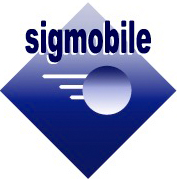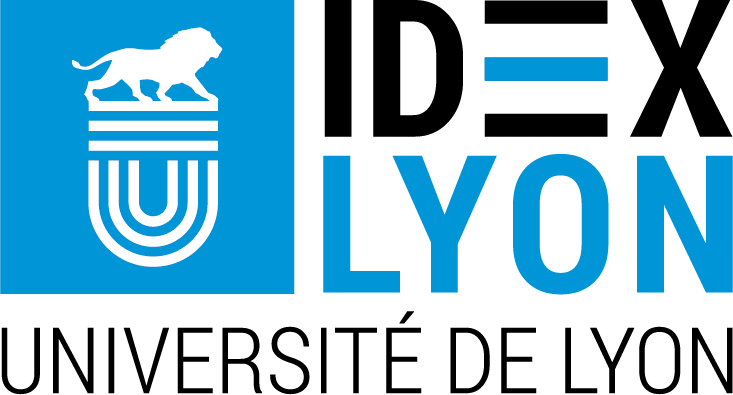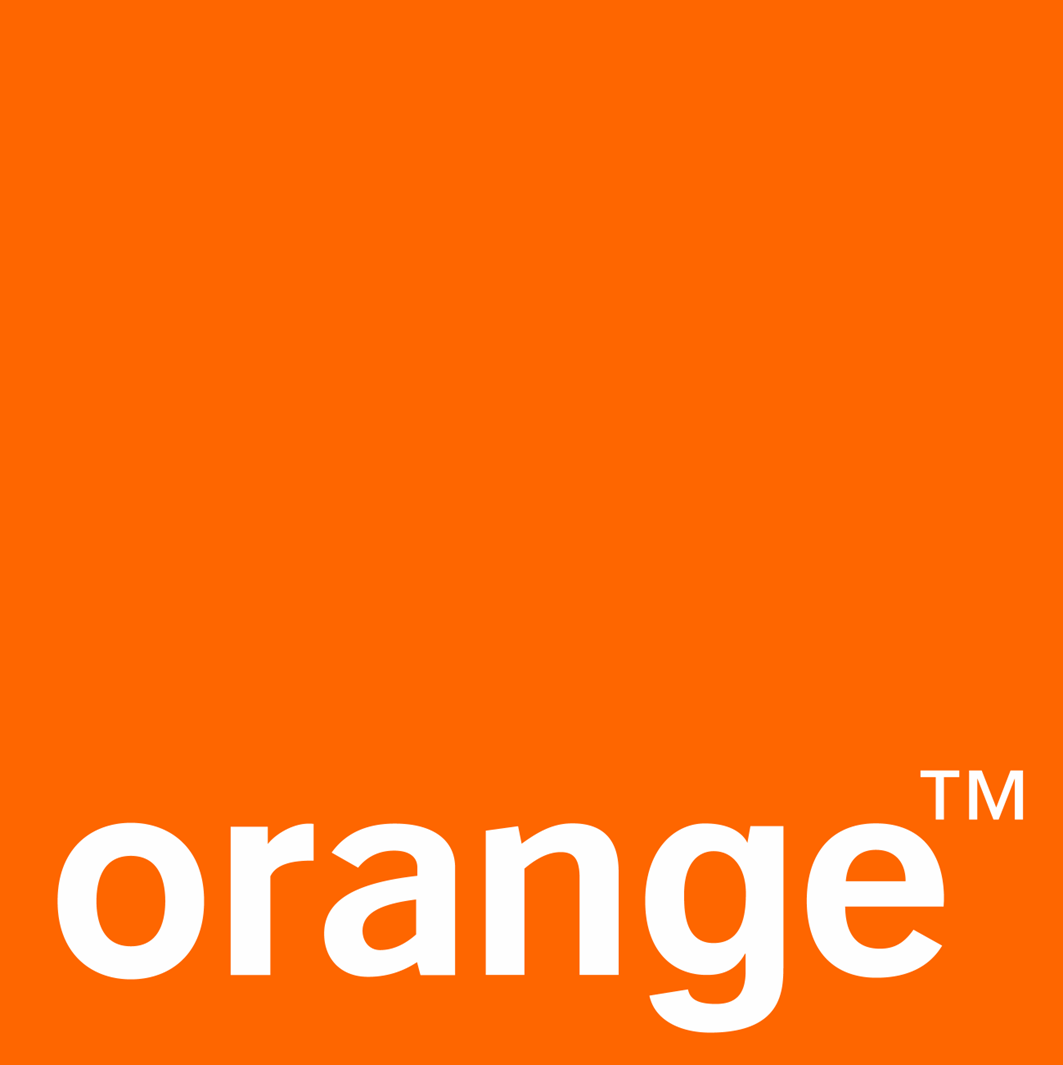Call for Papers
The International Conference on Embedded Wireless Systems and Networks (EWSN) is a highly selective single-track international conference focusing on the latest research results on embedded systems and wireless networking, key enablers for visionary scenarios such as the Internet of Things and Cyber-Physical Systems. After last year’s positive experience in China, the 17th edition returns to Europe in Lyon, France. The conference continues its aim for broad, world-wide impact.
Topics of Interest
The conference solicits both full technical papers and short papers describing validated early ideas. Specific topics of interest include but are not limited to:
The conference proceedings will appear in the ACM Digital Library. Selected accepted papers will be fast-tracked to ACM Transactions on Sensor Networks (TOSN) or ACM Transactions on the Internet of Things (TIOT).
- Communication and networking for wireless and embedded systems
- Sensing, actuation, and control
- Operating systems, middleware, and services
- Processing, storage, and management of data
- Programming paradigms, languages, and tools
- Time and location management
- Dependability (real-time, reliability, availability, safety)
- Privacy and security in applications and systems
- Human-machine interaction with wireless and embedded systems
- Design and implementation of real-world applications and systems
- Measurement studies and deployment experiences
- Green IoT (low-power, harvesting, energy management)
- Challenges of ultra dense networks
- Heterogeneous networks
- Applications and problems from developing countries and emerging markets
The conference proceedings will appear in the ACM Digital Library. Selected accepted papers will be fast-tracked to ACM Transactions on Sensor Networks (TOSN) or ACM Transactions on the Internet of Things (TIOT).
Submission Instructions
Submissions to EWSN 2020 must be original (i.e., not previously published) and not currently under review by any other conference or journal. EWSN 2020 will adopt a double-blind review process. Authors must make a good faith effort to anonymize their submissions to ensure that their identities are not disclosed to reviewers and reviewers are discouraged from actively working to uncover author identities. To promote early dissemination, submission to arXiv (or similar) is allowed, provided cross-citations are not made.
Formatting requirements. Both full (10-12 pages) and short papers (4-6 pages) are welcome. Authors should carefully consider this choice as full papers will not be considered as short paper candidates during the review phase. Pages must use 8.5" x 11" (letter) two-column format, using 10-point type on 11-point leading, with a maximum text block of 7" wide x 9" deep with an inter-column spacing of .25". The page limits include figures, tables, and references. Authors may use the LaTex templates provided here.
Paper Submission. Paper submission is managed through HotCRP at the following site: Submission ended.
Formatting requirements. Both full (10-12 pages) and short papers (4-6 pages) are welcome. Authors should carefully consider this choice as full papers will not be considered as short paper candidates during the review phase. Pages must use 8.5" x 11" (letter) two-column format, using 10-point type on 11-point leading, with a maximum text block of 7" wide x 9" deep with an inter-column spacing of .25". The page limits include figures, tables, and references. Authors may use the LaTex templates provided here.
Paper Submission. Paper submission is managed through HotCRP at the following site: Submission ended.
Important Dates
| Paper registration: | September 28, 2019 (extended) |
| Paper submission: | September 28, 2019 (extended) |
| Authors rebuttal deadline: | November 15, 2019 |
| Notification: | November 29, 2019 |





